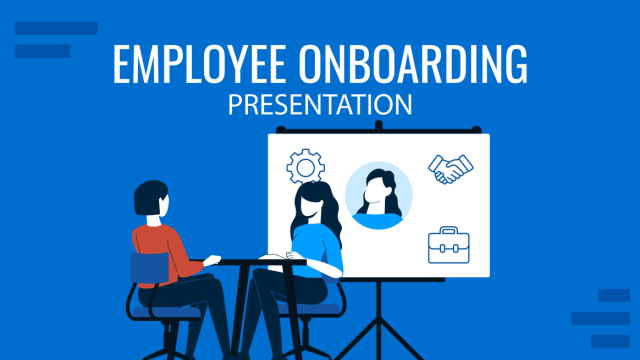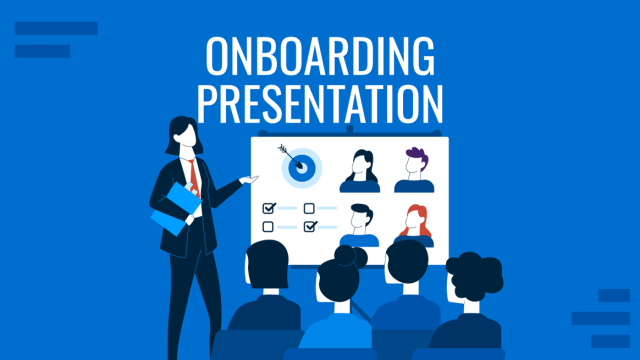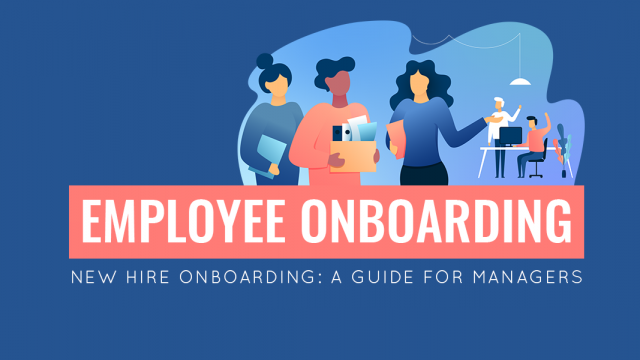
The competition today, both in the product and services space, is tougher than ever. Superior UX (user experience) and CX (customer experience) are the two key battlefields with the most at stake. As we highlighted in our previous post on customer-centricity, most buyers are no longer interested in the product itself. Or in the words of late Steve Jobs:
People don’t buy from you for you. They buy from you for a better version of themselves.
This is why it makes sense that 84% of executives now believe that experience-driven businesses are now outperforming their competitors. And this leads us to the question — should we still stay with the sales-led business growth model or pursue the newer product-led growth (PLG) paradigm? Let’s deep dive into the matter.
What is Product-Led Growth?
Blake Bartlett, a partner at OpenView Venture Partners, was the first to coin this term back in 2017:
Product Led Growth (PLG) is an end user-focused growth model that relies on the product itself as the primary driver of customer acquisition, conversion, and expansion.
This definition sounds familiar, right? That’s because some innovative product companies, especially in the software as a service (SaaS) domain, have been saliently pursuing this product growth strategy for quite a while, albeit using other names such as:
- SaaS 2.0
- Freemium
- Try before you buy
In essence, rather than betting heavily on aggressive outbound marketing and sales enablement, such SaaS companies poured most of their resources in building the best product imaginable in their category.
Through strategic product improvements and strong company-wide alignment, they managed to create truly remarkable products with in-built mechanisms for user acquisition, sales enablement, retention, and ultimately referral marketing.
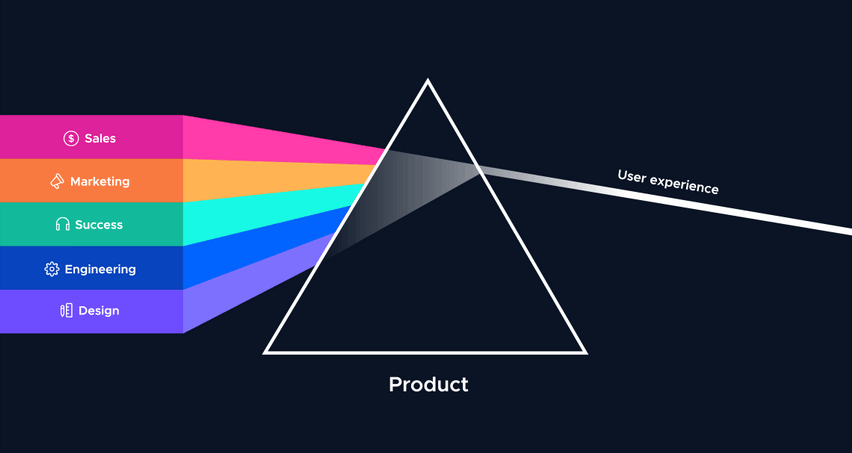
Source: ProductLed.org
Today, such product-led companies are “household name” brands, with several billion dollars valuations. Here are several quick examples:
- Slack
- Zoom
- Dropbox
- Calendly
- Expensify
- Typeform
- InVision
- Atlassian
- Warby Parker (and several other DTC brands)
What all of these companies have in common is that they managed to massively reduce user acquisition (and product marketing) costs by turning their user base into the most vocal brand ambassadors and promoters. And as we well-know, word of mouth is one of the most powerful forms of marketing.
Unlike the more traditional sales- or marketing-led growth, which attempts to pull the user towards a product they don’t know/need, this business strategy takes a bottom-up approach. First, they offer the user to test an excellent product for free (as a no-credit card trial or through freemium access to partial functionality). Most of the SaaS marketing, at this point, is focused around explaining all the product benefits and helping the customer experience all the value it has to offer.
At the same time, this type of SaaS sales process is focused on helping the customer progressively discover all the product perks and develop a sticky habit of using it. This is achieved through a streamlined onboarding experience, in-app prompts and walkthroughs, helpful email marketing campaigns, and content marketing.
Here’s how Airtable uses a variety of prompts to guide new users:
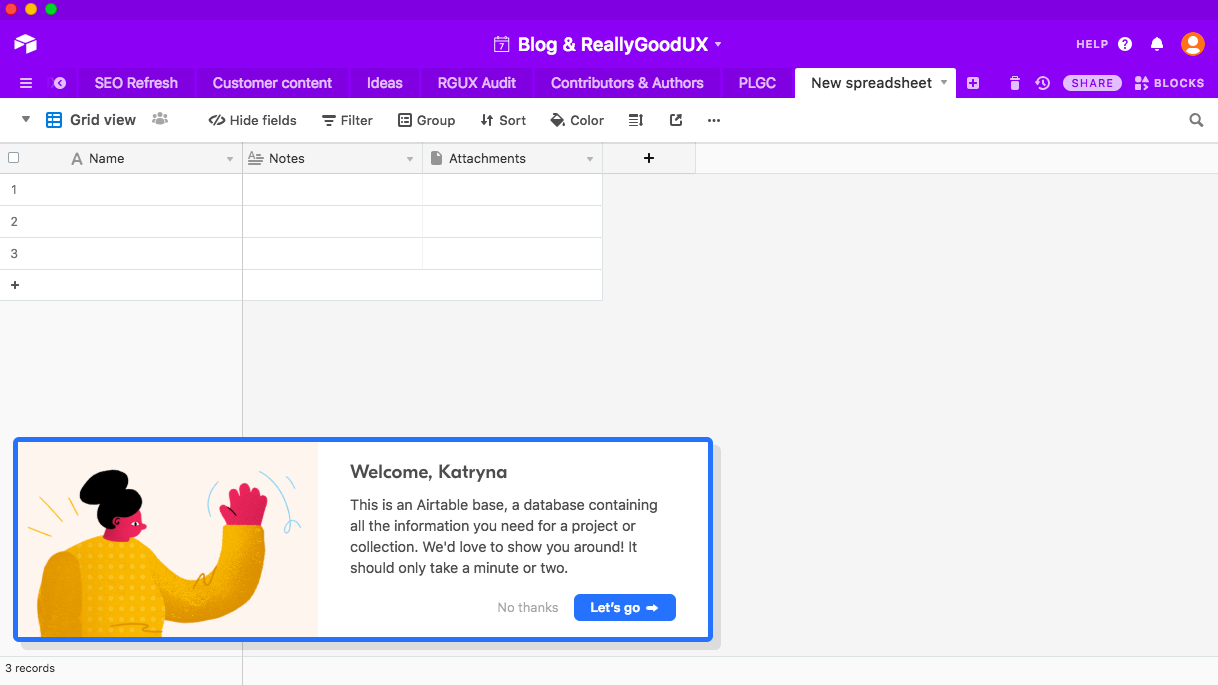
Source: Really Good UX
What Makes Product-Led a Better Go-To-Market Strategy for SaaS Companies?
SaaS growth rate heavily depends on effective trial user acquisition and their subsequent conversion to premium customers. By choosing a product-led business growth strategy, SaaS startups can massively improve those conversion numbers, plus gain additional benefits such as:
Develop a Better Customer Understanding
By giving away free access to your product, you gain instant access to more voice of customer data and insights that tell you:
- How people are using your product
- What do they like/dislike most
- Where do they get stuck
- Why they choose to upgrade (or don’t)
In essence, a freemium model allows you to test your initial product assumptions in real-time. And then incorporate the obtained insights into further product development. So that you have an embedded mechanism for collecting customer feedback => turning it into new desired features => assessing their performance => making improvements.
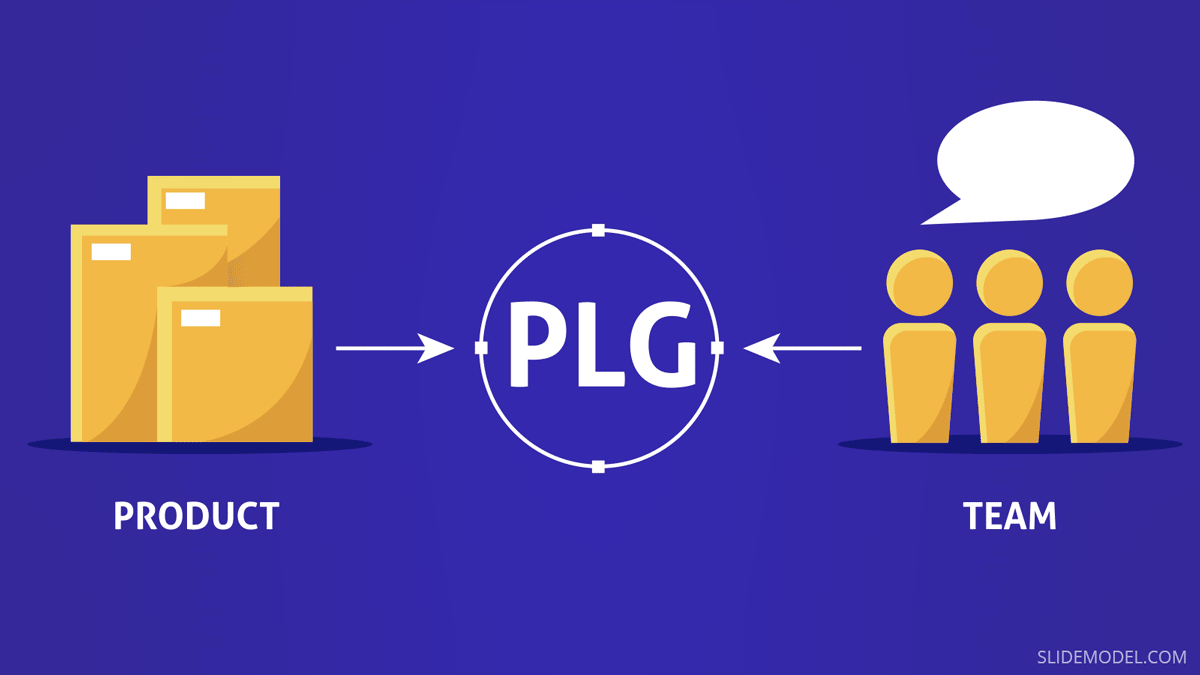
Improve Targeting and Product Positioning
A feedback collection mechanism described above also helps you gain more data for your target buyer personas. Again, rather than second-guessing, you can fill in your buyer persona template with actual user data and then use it to refine:
- Your key messaging
- Upsells/cross-sells
- Personalization
- Pricing
Also, with better data and more refined buyer personas, you can perform razor-sharp marketing segmentation and pitch the right people with the right offers, at the optimal time.
Lastly, as you gain a better understanding of who is buying your product and why, you can develop better market positioning for it and attract more look-alike prospects — the ones that closely resemble your actual users and are likely to buy from you.
Switch From a Traditional Funnel to a Flywheel Funnel
The ultimate goal of the product-led companies is to walk away from a linear sales funnel — that relies on sales and marketing for pushing the customer closer to a purchase — to a flywheel funnel.
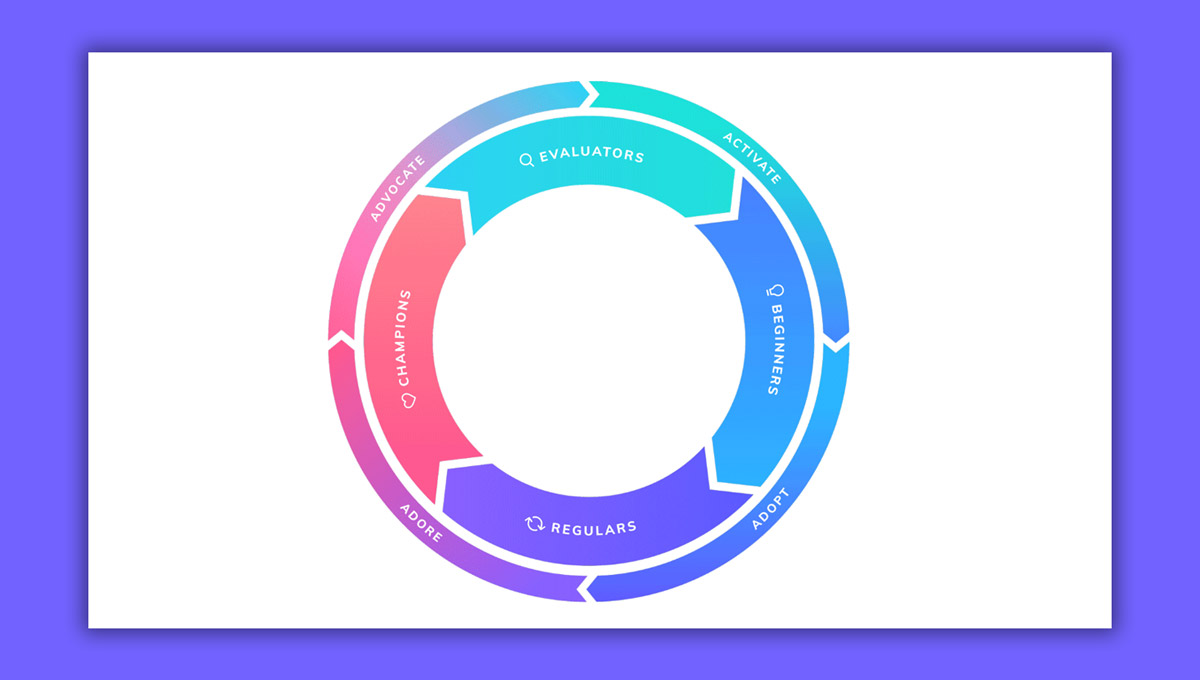
Source: ProductLed.org Flywheel
A flywheel funnel places the customers in the center of your operations, with marketing, sales, customer success, development, and design teams listening closely to their needs and shaping your product operations and product development around these.
What It Takes to Become a Product-Led Company
The product-led approach requires significant organizational and cultural shifts. It challenges you to pay very close attention to how customers interact with your brand and finding new ways to delight and empower them to do even more!
However, as Jason Mueller, one of the chief product-led evangelists, points out:
Becoming product-led doesn’t happen overnight. It requires intent, practice, and ongoing calibration. It is less a destination than a state you must deliberately maintain.
Also, remember that product-led growth will not suit every product. When your software is too complex or has a long buying lifecycle, you may want to stick with more traditional growth strategies. However, if you are managing a self-served and/or transactional product, you are the optimal candidate for product-led growth!
If that’s the case, here’s how to get started started with your journey.
Conduct a Deep Product Assessment
Your goal is to discover any process in-efficiency, bottlenecks, and flaws in user experience that are sabotaging your growth. However, don’t fall into the trap of thinking about individual features (and their improvements).
On the contrary, you should have an honest conversation with all the stakeholders about the current state of your entire product experience and how it improves the lives of your customers. This strategic session should be geared toward developing stronger empathy with your users. Using an empathy map for this purpose may help!
Work on Team Alignment
Your next strategic step is to gain buy-in from different teams and foster them to change their view of the customer and the sales process. This will require at least several mediating sessions where all teams develop new priorities and agree on new value metrics for the product.
For example:
- Marketing teams should be forced to think about how the product can drive growth, rather than focus on new external growth hacking tactics that would pull the users towards the product.
- Engineers should be challenged to determine how their code could contribute to more wholesome user experience, rather than individual features.
- Sales teams, or better yet, Customer Success teams will need to become more data-driven so that they could use product insights to improve customer service and conversions.
Makes Sales Part of the Onboarding Process
The most successful companies embed the sales process into product onboarding (and subsequent use activation/engagement).
Product Led onboarding (PLO), a term proposed by ReinventGrowth, stands for a set of data-backed product engagement best practices that are built around user behavior patterns and their proficiency.
A streamlined onboarding process avoids introducing users to some random features (to reduce the overwhelm). Instead, you progressively introduce them to new functionality — starting from the simplest, basic actions, to more advanced ones, over-time. To accomplish that, use contextual guidance (tooltips, walkthroughs, video demos). Plus, incorporate additional “help” steps at areas where users mostly get stuck (and are at risk to churn):
- Follow-up with helpful resources via email
- Guide the user towards a FAQ section/relevant explanatory blog post
- Offer them self-service support or an option to contact a human CS team member
A strong PLO is built upon a mix of historical behavioral user data and real-time analytical insights. It’s a complex process that requires continuous improvements. So don’t rush to “get it right” from the first try.
Keep a Close Eye on the Right Metrics
Product-led companies closely monitor and analyze the following set of SaaS metrics:
- AARRR metrics (also known as pirate metrics) — stand for Acquisition, Activation, Retention, Referral, and Revenue. These communicate the main parameters of your sales growth and customer success rates.
- ARPU (Average Revenue Per User) — communicate the overall health of your SaaS business. It’s a nice metric to showcase to investors and key stakeholders when you are asked about profitability.
- Customer Lifetime Value (CLV) — this number shows how well your activation and retention works, and how much revenue your current strategy generates per customer over their lifetime.
- Churn rate (net churn) — denotes how much people abandon your product. To get a better picture, you should aim to track net revenue churn rather than general user churn, since the former shows how much money you’ve lost after accounting for new, expansion, or reactivated revenue.
- Time-to-value — stands for the amount of time it takes for a new user to reach the first activation event aka move from the beginners’ product stage to regulars. This number should be kept as short as possible!
Knowing these numbers is essential for further refining your product-led strategy.
To Conclude
The product-led strategy has helped some companies reach the pinnacle of success in their niches. At the same time, their success did not happen overnight. An effective transition to product-led operations will require a company-wide buy-in and effective change management. Plus, a significant effort towards overhauling your customer analytics and product development strategy. So before you commit to the transition, make sure that you’ve built a solid business case for this initiative!
